“Disgusting chongololos!” Auntie Stella said crossly. “Naughty children!”
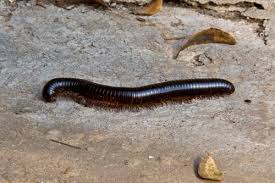
We loved our chongololos – the Chewa name for millipedes. As children, we played with them in the rainy season.
I quote from Wikipedia that “Millipedes are a group of arthropods that are characterised by having two pairs of jointed legs on most body segments; they are known scientifically as the class Diplopoda, the name derived from this feature.”
Chongololos curled up in tight spirals when we picked them up. They were harmless creatures, occasionally staining our fingers a yucky yellow in an attempt to make us leave them alone. My cousin Robert tucked his Chongololo pets into his shorts pockets and then forgot about them until, to the fury of his mother, they made a horrible mess when squeezed through our old-fashioned washing machine mangle.
Those were the days that started my interest in nature and that made me write Dust and Rain: Chipo and Chibwe save the Green Valley
Wonderful Chongololos and my children
I went to Zambia in 1972. I was happy to return to Africa where I was born. This gave me the pleasure of showing my children their first chongololos. I ensured they did not collect and crush them by mistake as Robert and I had done! They saw them as an introduction to the wonders of insects, arthropods, arachnids and animals. They understood them as creatures to respect, along with antlions, flying ants, crickets, beetles, moths and butterflies.
Life in Zambia gave us our love of nature and the environment. Because chongololos are harmless, prolific and loved by children, they became an ideal symbol for an education club about wildlife conservation and the environment,
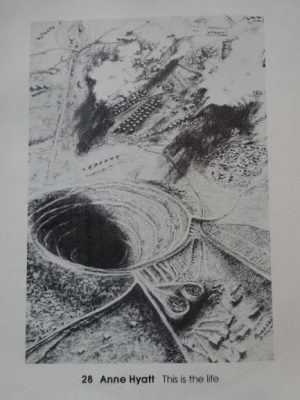
Anne Hyatt and the first Chongololo Club Magazine
I was blessed to have Anne Hyatt as a friend. Anne was a Zambian and an artist who illustrated the first Chongololo Club magazine for school children about wildlife. She was modest about her art, though a selectee later for the Cape Town Triennial in 1989.
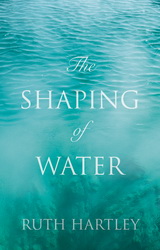
Anne was passionate about wildlife, education and Zambia and in her honour, I made a character called Margaret, in my novel, The Shaping of Water. Margaret illustrated the Chongololo magazine. You can read about Margaret on page 106.
That book also raises questions about the role of white colonialists in saving wildlife rather than people from the rising waters of Lake Kariba.
My second book, The Tin Heart Gold Mine, opens with a wildlife artist who works in the bush. It raises questions about the relationship of the wildlife industry with African culture and politics.
My connection with wildlife conservation is a long one.
The Chongololo Club of the Air
My passionate concern for the environment and wildlife is evident in my novels.
It is more than evident in the amazing work done by the Wildlife and Environmental Conservation Society of Zambia and the Chongololo Clubs who state that “We champion the harmonious co-existence of humans and nature through knowledge and practical conservation of Zambia’s ecosystem.”
Zambia has a proud record of support for the environment and nature since the earliest days of its independence under Dr Kenneth Kaunda. I know so many people who work incredibly hard to protect both. Rolf Shenton of the Grassroots Trust, Sebastian Scott, Rabson Kambwali and many others.
Dust and Rain – my climate change book for kids.
Gadsden Publishers published my book this year – I am thrilled.
The Chongololo Club of the Air under Sikela Trevis Namongolwa, The Lubito Library, Harare City Library in the Petina Gappah Children’s Library and Daniel Sikazwe have also enthusiastically promoted it.
There are some problems, however, that I need you, my readers, to please, help me overcome, This book is important for raising awareness of climate change.
It is also a book that children around the world will enjoy and it will promote a cross-cultural understanding of Africa.
The problems you can help change
You can plant trees and care for birds and insects but for us to fight climate change and understand and adapt to it we need to make stories and art about it because that helps to get people thinking and acting.
People notice my book due to Reviews. Amazon doesn’t allow reviews by people who don’t buy books from Amazon, so this excludes writers and readers in Africa. an important market. To break that control, we need to find other ways to raise the effect of climate change on Africa.
To get successfully onto climate change websites my book needs your reviews. You can post them on my Reviews page or on Facebook or on your blogs – do let me know so I can share them. Together we can make a difference. Together we can ensure that people hear our voices, see and acknowledge our actions and read our books! Tiyende pamodzi!
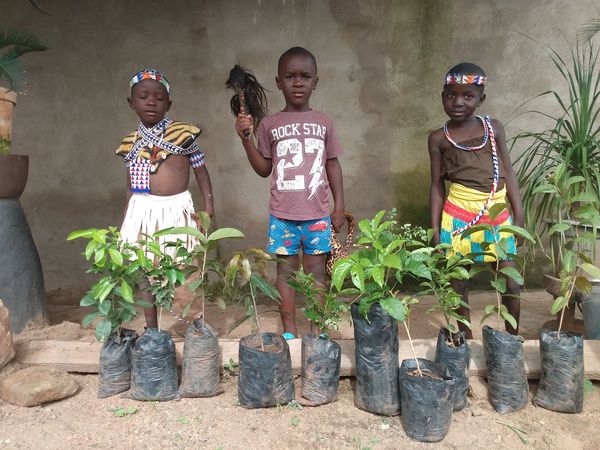
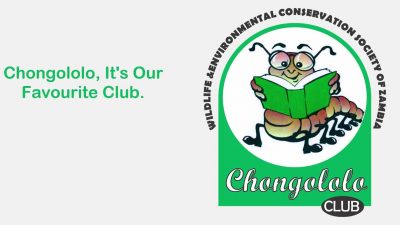
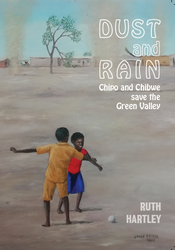
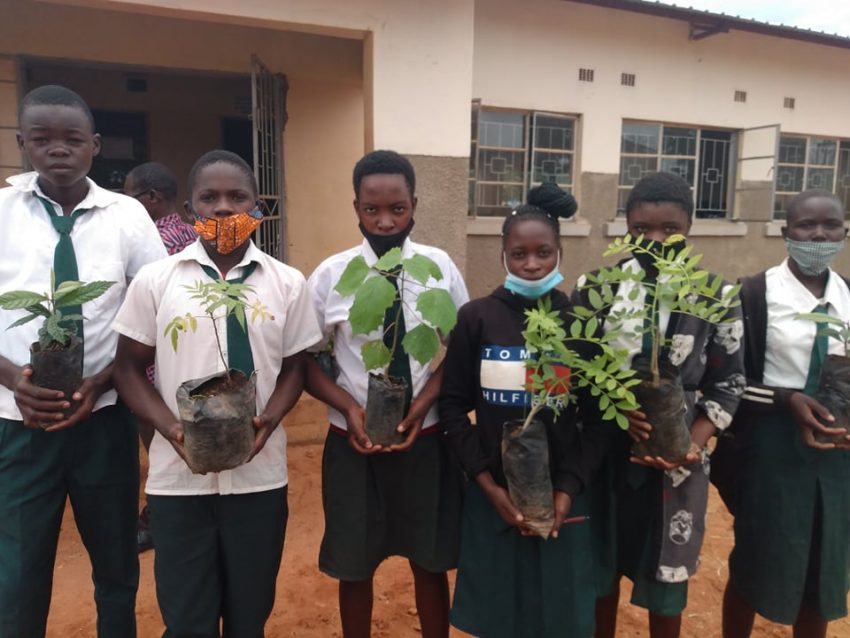
6 Comments on “Chongololos, Millipedes and my book Dust and Rain”
We definitely loved chongolollos as children. In Malawi they are called bongololos.
In South Africa, we knew them as shongololos!
Ian Bullock was employed as a VSO in 1972 to 1975 to produce the Chongololo magazines and visit Clubs around the country. He worked with Ann Hyatt, Mike Bingham and others who were on an advisory committee. I helped occasionally as I held an ecologists post at Mt Makulu Research Station and my predecessor, Dr Wendy Rees had been a driving force of the project. Ian was “Mr Chongololo” for those years.
He and I left Zambia in 1976 and were together for over 50 years. He died in January this year.
Dear Gill Lewis
I am sorry to hear of the death of your husband, Ian Bullock. After such a long marriage it is an enormous loss and there is little to say that is of comfort. I wonder if we ever met each other way back then. Much of that early history of the Chongololo Club is simply not recorded and anything you remember would be really interesting. I would be very happy to send you a copy of my children’s book Dust and Rain about the environment and climate change if you might be interested? It needs more publicity and it needs to be donated to libraries and schools in Zambia. I’m ready to forego any money if it can be distributed by Gadsden Publishers. I’ve written about it in other blog posts I’ve made.Did you continue to work in the same fields when you left Zambia and have you even been back?
The Chongololo Club of the Air continues to do good work in Zambia under Sikela Trevis Namongolwa – I expect he would love to hear about those early days. With sympathy and best wishes Ruth
What a wonderful surprise. I was googling chongololos to show my kids and after I sent it to them I recognized your name. It brought back many wonderful memories memories of your family and growing up together in Zambia!!
Blessings
Hi Renatta,
Lovely to hear from you and to find that Chongololos connected us. Blessings to you and your kids also. Ruth